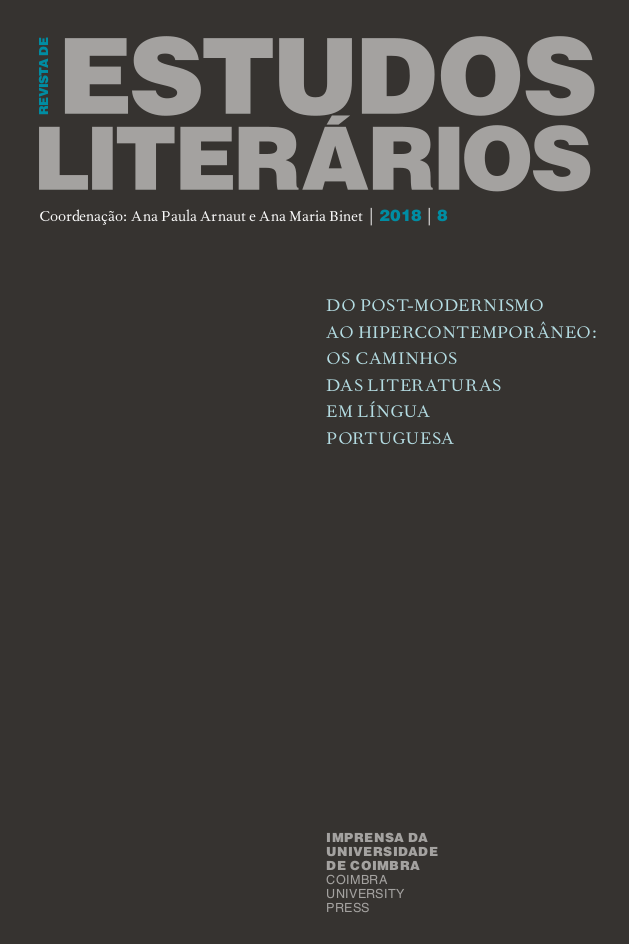JOURNEY(S), STORIES, SPACE(S) IN GONÇALO M. TAVARES: MISCHIEFS AND FICTIONAL CROSSINGS
DOI:
https://doi.org/10.14195/2183-847X_8_9Keywords:
travel, histories, neighborhood, Postmodernism, hypercontemporaneityAbstract
M. Tavares has an acute awareness of the inextricability of good and evil in human nature. On this assumption, our analysis focuses on three works in particular: Uma Viagem à Índia, Histórias Falsas e o Bairro (O Senhor Calvino). Even though his fictional universe represents a gallery of fragile, traumatized, obsessive characters anguished by guilty and boredom, Gonçalo M. Tavares does not fail to summon the epistemic legacies of Classical antiquity, based on a process of aemulatio and variatio. My goal is to present a comprehensive study on author’s thematic and aesthetic-literary matrix, in its tendency to represent the darker and the most (in)defensible side of human’s ethos. At the same time, I aim to demonstrate that the author’s literary production engages a recent trend called Hypercontemporary. This trend privileges what is multiple, plural, heterogeneous and ambiguous and derogates what is one, indivisible,
giving place to dialectics and dynamics of juxtaposition, disjunction, having essay and fragment as preferential literary genres.
Downloads
Downloads
Published
Issue
Section
License

This work is licensed under a Creative Commons Attribution-NonCommercial-NoDerivatives 4.0 International License.
Authors retain copyright and grant the journal right of first publication with the work simultaneously licensed under a Creative Commons Attribution License that allows sharing the work with recognition of authorship and initial publication in Antropologia Portuguesa journal.





